Ask any birdwatcher about their most memorable moments of birdwatching and they’re bound to mention spotting a rare species.
Whether you’re peering into a marshland in the hope of spotting an endangered blackbird or sparrow or gazing over a canyon in search of a rare raptor, an encounter with a rare bird offers us a unique thrill and a tale to tell for a lifetime.
Sadly, there are too many rare bird species in the USA to mention, and most of them have become vulnerable due to human activity. Here are 9 of our favorites, including some information on conservation efforts to revive them.
Rare Bird Species in the USA
California Condor
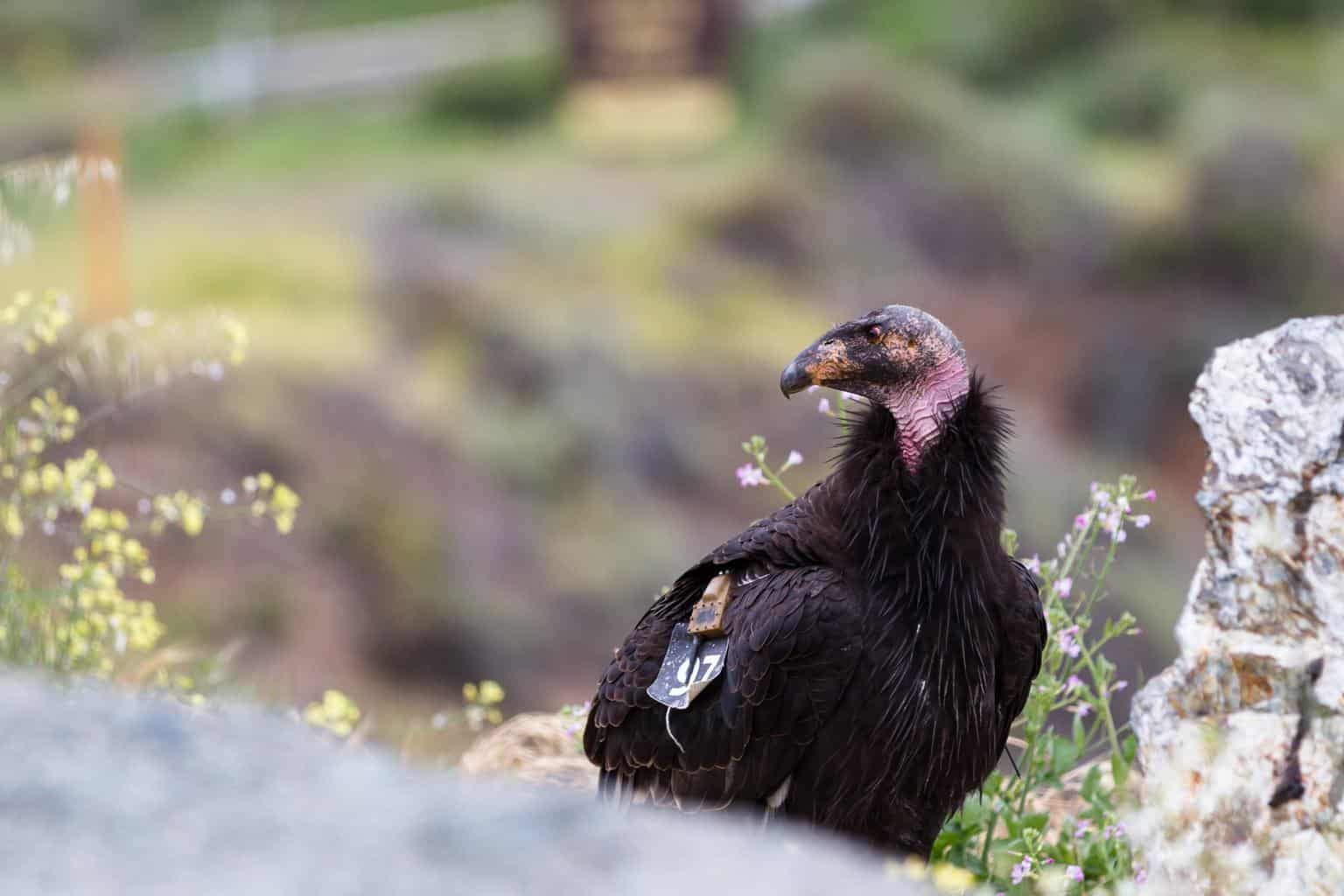
The California condor (Gymnogyps californianus) holds several claims to fame among North American birds. It’s the third heaviest bird in North America but is unsurpassed in its wingspan of nearly 11 feet across. With a lifespan of over 50 years, it’s also one of the longest-lived birds on the continent.
This all makes it all the more tragic that the California condor is one of the rarest birds in the world. While captive breeding programs have been extremely successful in bringing them back from the brink of extinction, there are still only around 500 specimens left when captive and wild birds are combined.
The good news is that the strict conservation measures and breeding programs mean that California condor numbers are gradually increasing. Perhaps one day, our grandchildren will enjoy watching them soaring high in the sky above much of their previous ranges in the Western United States.
These almighty scavenging birds can now be seen again in parts of California, Utah, Arizona, and Baja California in Mexico. Despite their small numbers, their enormous size makes them easy to spot when soaring at high altitudes. Well worth looking out for if you’re visiting the Southwest!
Whooping Crane (Grus americana)

It’s curious that the largest birds on the continent are also some of the rarest. While the California condor has the broadest wingspan of any North American species, the whooping crane is the tallest.
With a standing height of up to 5ft 3 inches, the tallest members of the species are taller than a short adult human! With such an enormous and elegant presence, it’s hard to believe that whooping cranes were almost completely wiped out. In the 1940s, hunting, and habitat loss led to the total whooping crane population to dip below two dozen individuals.
Thankfully, determined conservation efforts, including captive breeding and teaching young birds to migrate with ultralight aircraft have led to a remarkable recovery. There are now around 700 whooping cranes in the wild that migrate between Texas and Canada each year.
Modern threats to whooping cranes include powerline collisions, extreme weather, and even occasional shootings. For the most part, however, whooping cranes are on the rise again.
It’s lovely to start our list with two conservation success stories! Sadly, not all bird species have received the same diligent revival efforts as these two titans.
Prairie Gamefowl
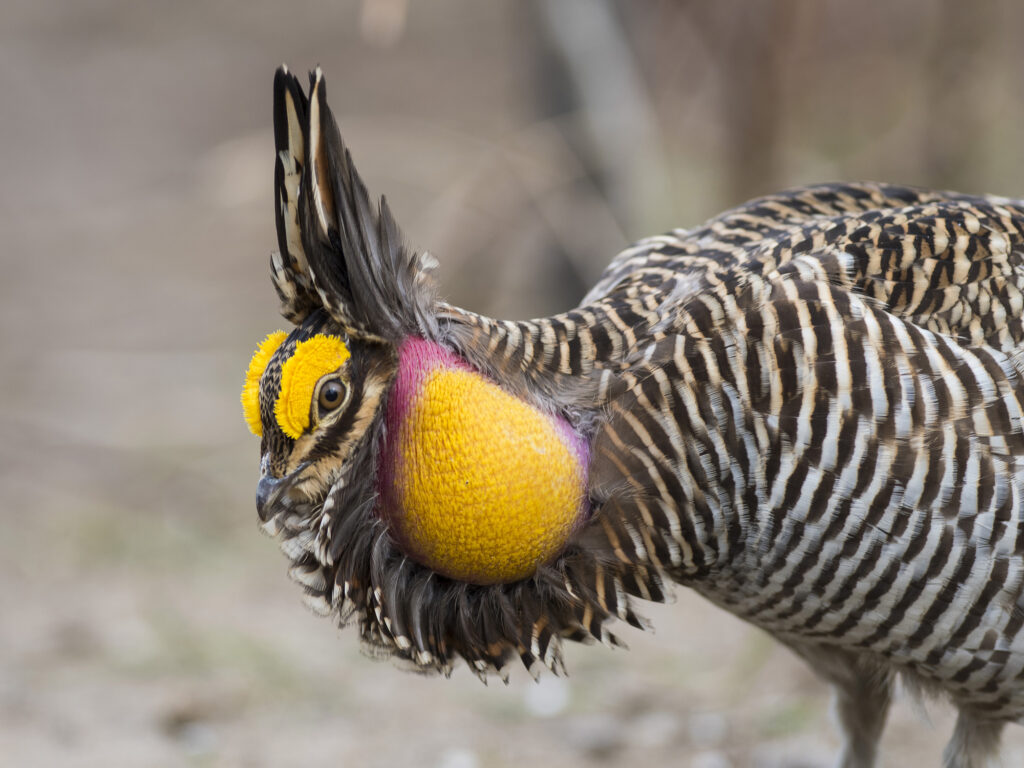
Three species of North American gamefowl are listed as either vulnerable or endangered on the IUCN’s red list.
The lesser prairie chicken and greater prairie chicken are two species that have suffered considerably from overhunting, habitat loss, and climate change. Although once common, both species are now considered vulnerable.
After a shocking 95% of their native high-grass prairie land has been converted to cropland, it’s hardly surprising that the future of both species relies on the restoration of these precious habitats.
Even rarer than the prairie gamefowl is the Gunnison sage grouse. Only named as a distinct species from the greater-sage grouse in the year 2000, this beautiful member of the pheasant family is now absent from around 90% of its former range.
With less than 5000 individuals left in the wild, Gunnison grouse’s future depends on extensive conservation efforts. Consider yourself extremely lucky if you manage to catch a glimpse of this glorious, yet sadly endangered species. In the meantime, check out this astonishing video of their courtship ritual!
Florida Scrub Jay
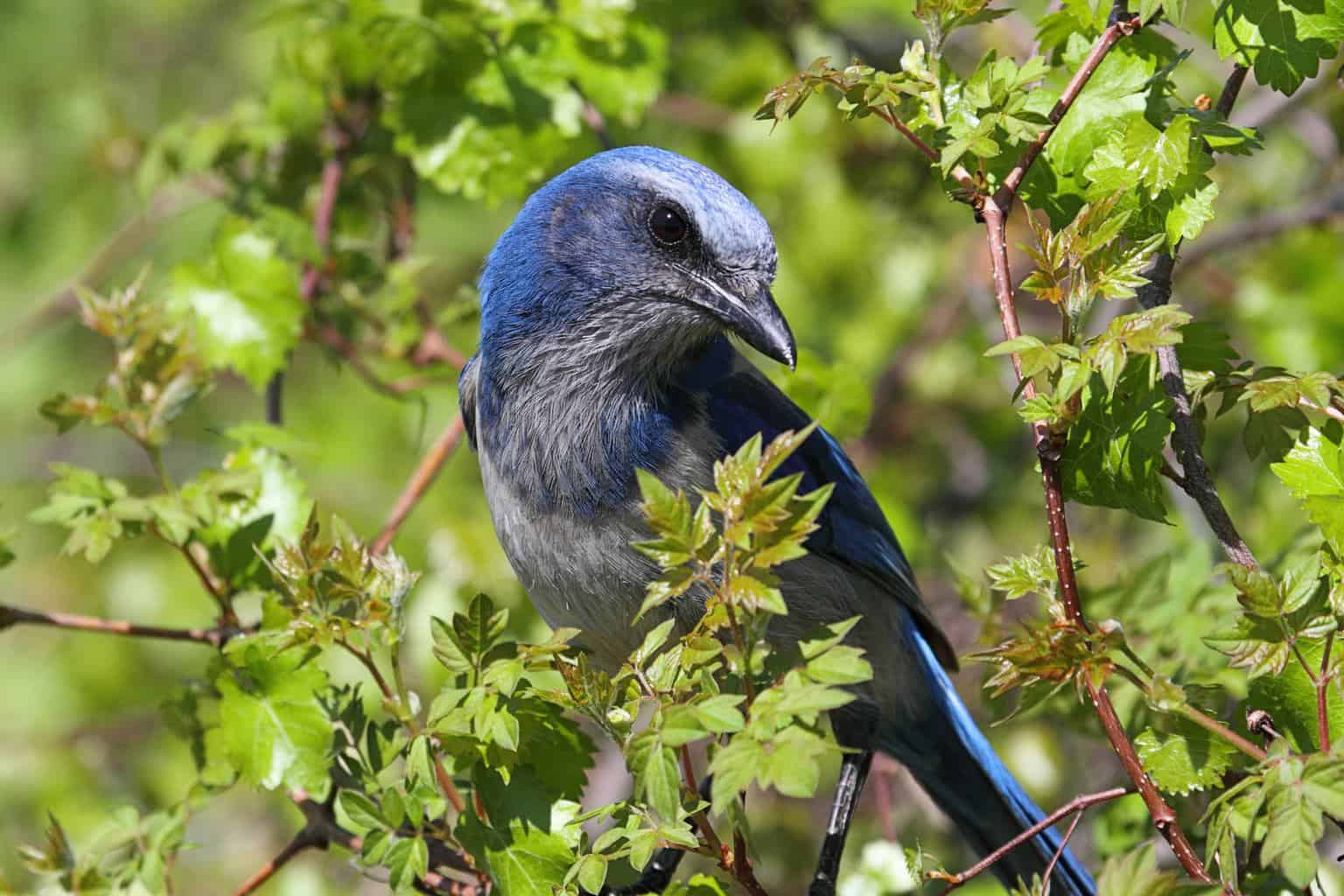
The Florida scrub jay is the only bird species endemic to Florida (meaning they are found nowhere else). Their confined distribution makes them vulnerable, and habitat loss has indeed now made them a declining, rare species.
Because the scrub habitat that Florida scrub jays depend on has dwindled so drastically in the last few decades, the species have suffered substantial losses. With less than 10000 adult birds thought to be remaining in the wild, there are now numerous conservation efforts to try to resurrect their previous numbers.
An interesting initiative from some local conservationists is to make the Florida scrub jay the official state bird of Florida. While the northern mockingbird holds that title for now, ecologists argue that that species is already the state bird of several other states, whereas the scrub jay is unique to Florida and demands more attention to aid conservation efforts.
Florida scrub jays are renowned for being extremely intelligent and tame, but their inquisitive nature can sometimes land them colliding with cars and trains. Owing to numerous factors, their numbers have lessened by 90% in the last 100 years.
Long-Tailed Duck
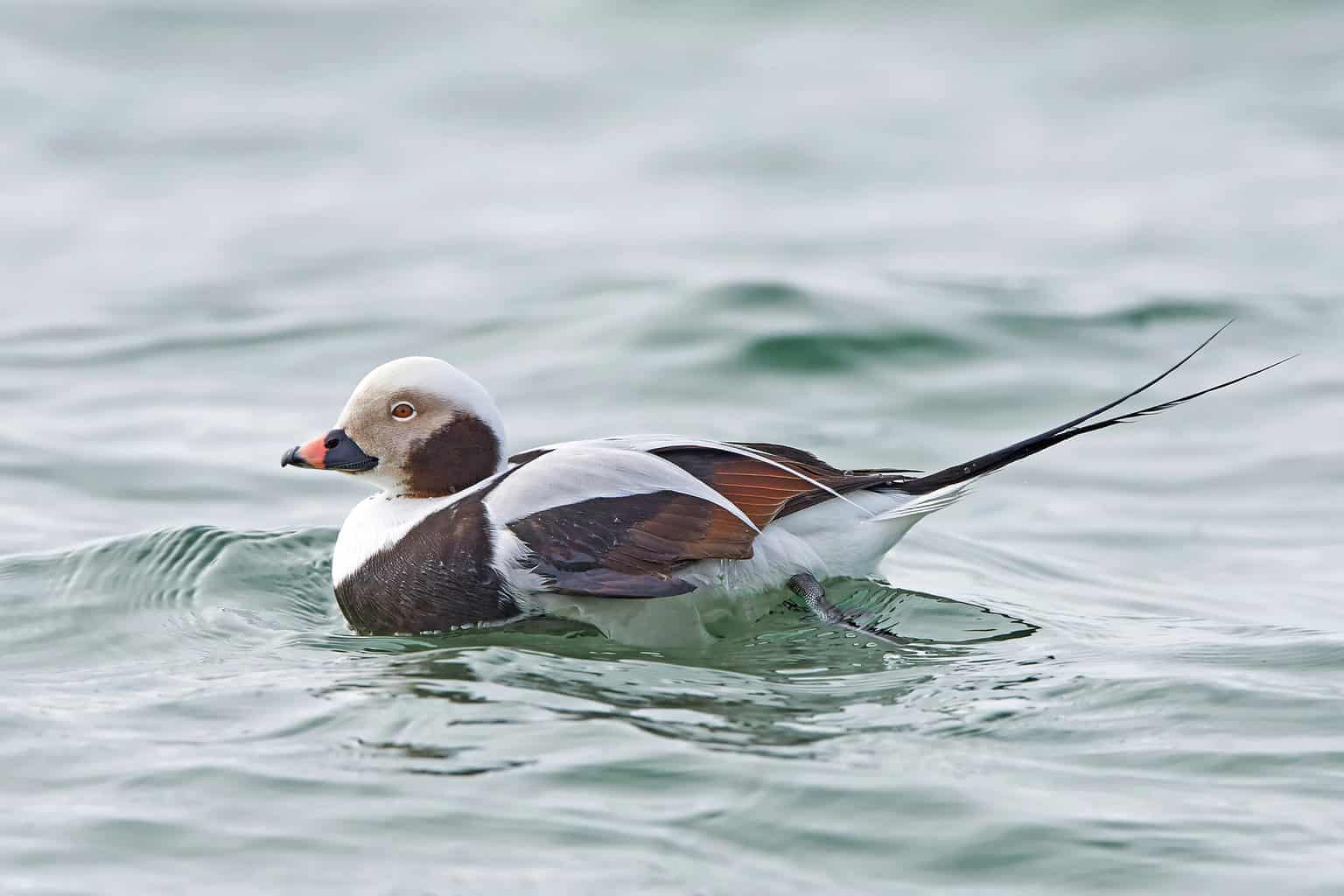
The long-tailed duck’s most distinctive feature is perfectly described by its name. Although the terms ‘coween’ and ‘oldsquaw’ have also been used for the species, its usual common name is fitting for a tail that can sometimes reach 6 inches long!
Like many other ducks, the long-tailed duck is highly nomadic and migrates vast distances across the northern hemisphere. Breeding from Scandinavia to Siberia and Alaska, these sea ducks overwinter at only slightly more southerly latitudes such as Northern Japan and the US Atlantic Coast.
While there are still several million long-tailed ducks across the world, a significant decline has led the IUCN to list them as vulnerable. Over-hunting and the susceptibility of these diving ducks to get trapped in gill nets are the main causes of their demise.
Look out for long-tailed ducks nesting in tundra pools if you’re in Alaska or Northern Canada during the breeding season. In the colder months, they can be seen in British Columbia on the Pacific coast, and down to North Carolina on the Atlantic.
Tricolored Blackbird
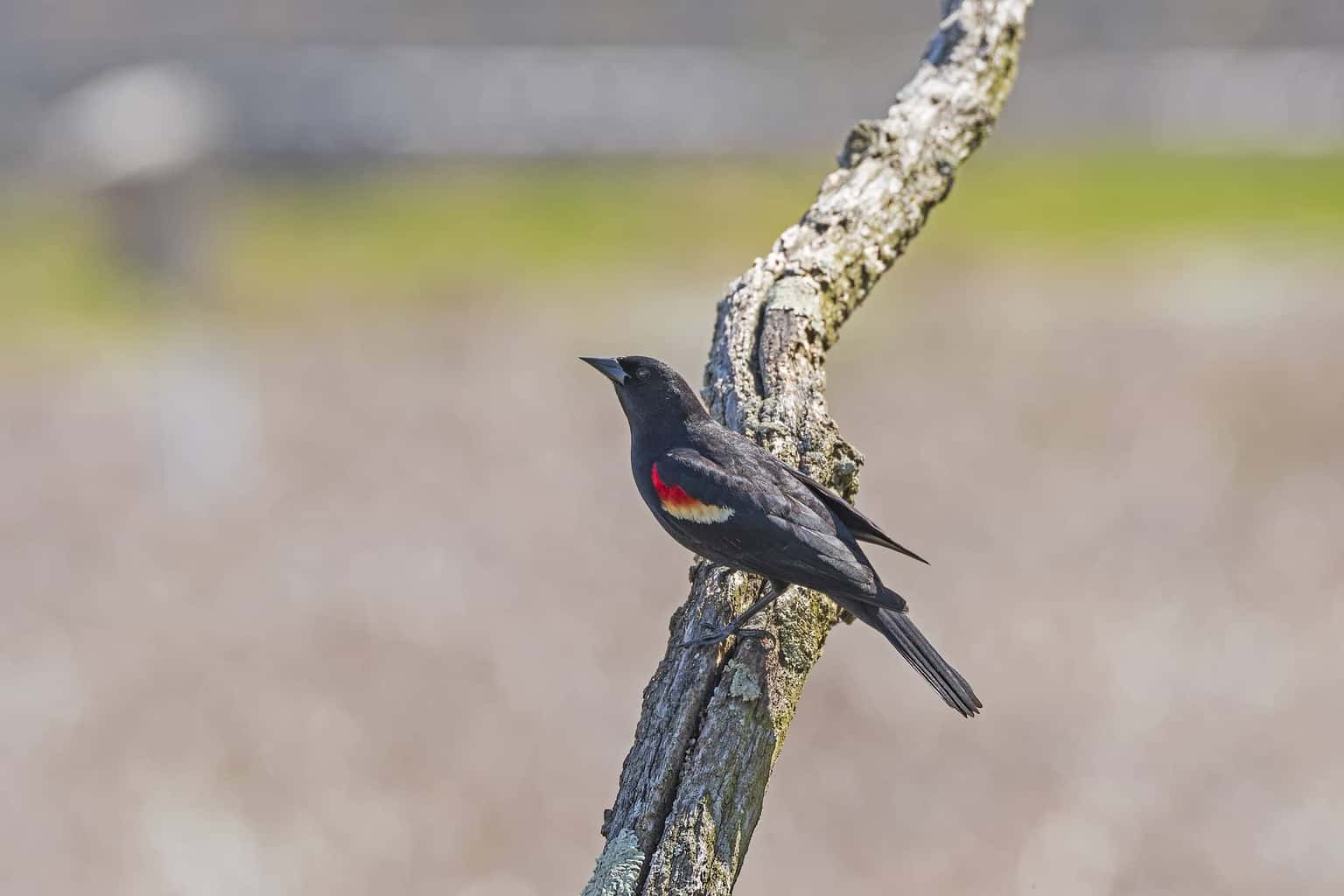
To see a colony of several thousand tricolored blackbirds roosting at dusk, you could be forgiven for thinking they are common birds. But these communal birds are declining rapidly. With very few colonies remaining, conservation efforts are critical for their revival.
Now confined almost entirely to California, these glossy passerine birds were once extremely abundant. Numbering millions in the 1930s, there are now fewer than 145,000 alive today. According to the American Bird Conservancy, numbers have plummeted by 66% in just the last six years.
Wetland habitat loss is the chief culprit for the demise of this species, which used to rely on tall wetland vegetation to build their nests. Now forced into neighboring croplands and dairy farms, whole colonies may fail to breed if farmers don’t allow them to.
Thankfully, some progressive farmers are now taking a more accommodating approach by allowing colonies to nest in their fields. But since this can cause delaying harvests and losing thousands of pounds of grain to the hungry birds, wetland restoration is surely the only long-term solution.
Saltmarsh Sparrow
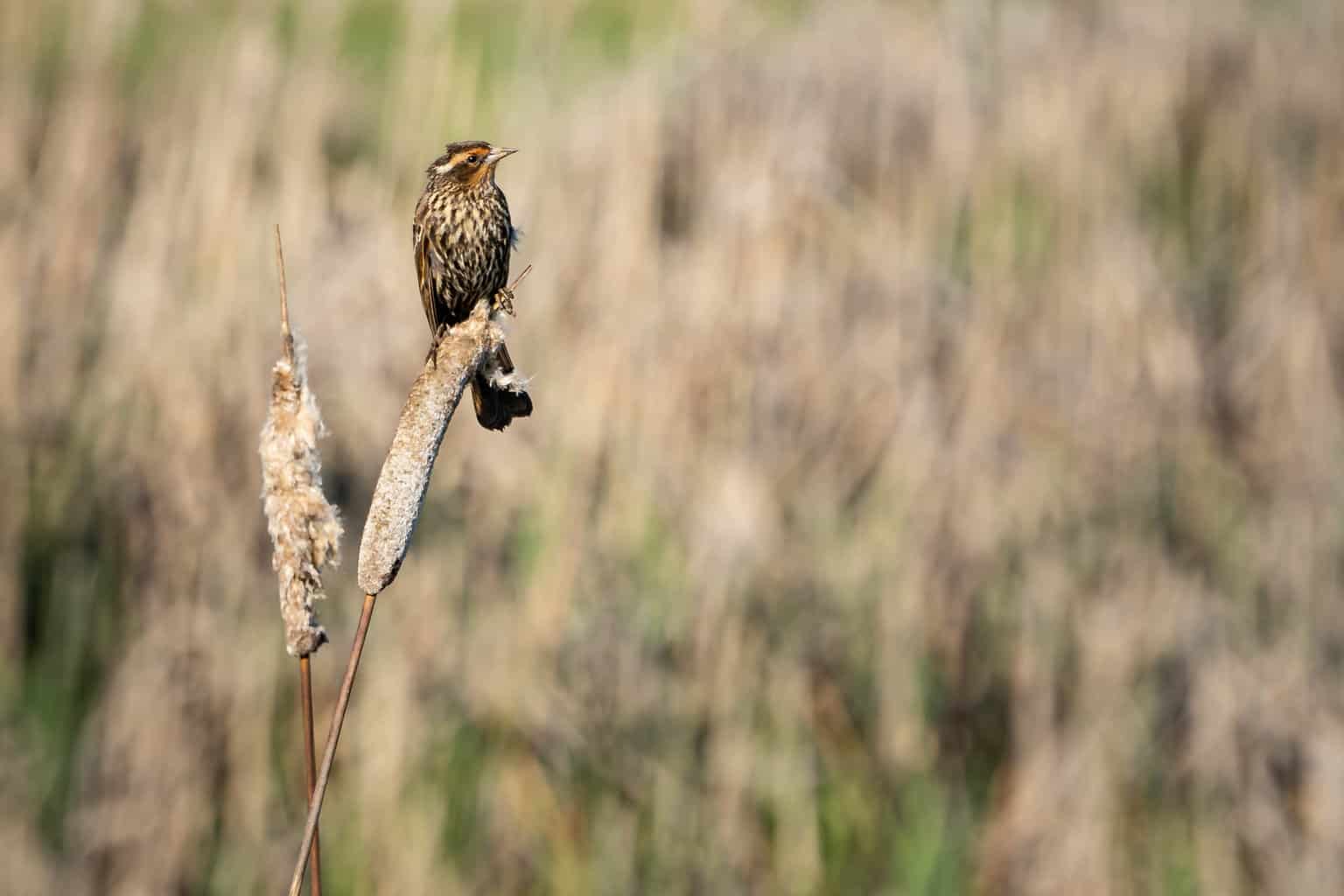
Another casualty of the loss of wetlands is the saltmarsh sparrow. Only recognized as a distinct species from its cousin Nelson’s sparrow in 1998, conservationists soon realized that this species was becoming increasingly scarce.
While Nelson’s sparrow overwinters on the East Coast but mostly breeds in the Northwest, the saltmarsh sparrow remains by the coast year-round. This means they rely entirely upon high marsh vegetation such as salt meadow cordgrass and saltmarsh rush.
With human decimation of these habitats, the saltmarsh sparrow has declined by 75% since the 1990s. The issue could be worsened by rising sea levels, and some conservationists even predict that the bird could be extinct by 2050 without proper intervention.
You’ll need a good pair of binoculars to spot the well-camouflaged saltmarsh sparrow among the tall vegetation that they reside in. The best way to distinguish them from Nelson’s sparrow is simply to go birdwatching in New England in nesting season, where Nelson’s sparrow seldom breeds.
Black-Capped Vireo

The black-capped vireo is a small songbird, about 4.5 inches in length. Males are olive green above and white underneath, with a black upper half of the head. Females are duller in color, with a gray crown and greenish-yellow underparts.
This brushland bird was listed as an endangered species in 1987. Habitat loss, urbanization, livestock grazing, and brush control all played a part in their demise, as well as brood parasitism from the brown-headed cowbird.
Thankfully, conservation efforts helped populations to recover and with up to 20,000 individuals now present, the IUCN changed the classification to ‘near threatened’ in 2018. Conservation efforts continue to play a vital role in their revival.
The black-capped vireo’s breeding range once extended from Central Kansas to Northern Mexico, but their present range is significantly smaller. If you are visiting Oklahoma or Texas in the late spring or summer, this is a prized bird well worth looking out for!
Atlantic Puffin

The colorful bill and clown-like demeanor of the puffin make them one of the most comical and endearing seabirds in the Atlantic Ocean.
Thanks to the outstanding efforts of Audubon Society’s Project Puffin, the colonial birds have now reinstated nesting grounds in Maine during the summer.
Puffins can live for over 30 years and begin nesting when they’re 5 years old. Rather than nesting on beaches or cliff ledges, puffins prefer to nest in burrows!
To witness this fascinating behavior and the perilous fishing trips that puffins must make to feed their young, don’t miss this extraordinary video from the BBC documenting the daily adventures of these adorable birds!

